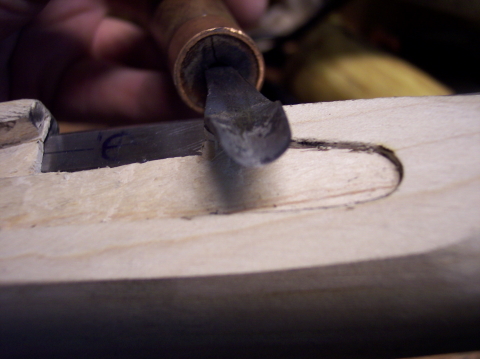mudd turtle
40 Cal.
- Joined
- Feb 1, 2006
- Messages
- 345
- Reaction score
- 0
How does one go about making carving tools from hacksaw blades.


Black Hand said:The same as for a knife blade - heat to cherry red, quench in oil and temper at ~375F for an hour.
Black Hand said:The same as for a knife blade - heat to cherry red, quench in oil and temper at ~375F for an hour.
Enter your email address to join: